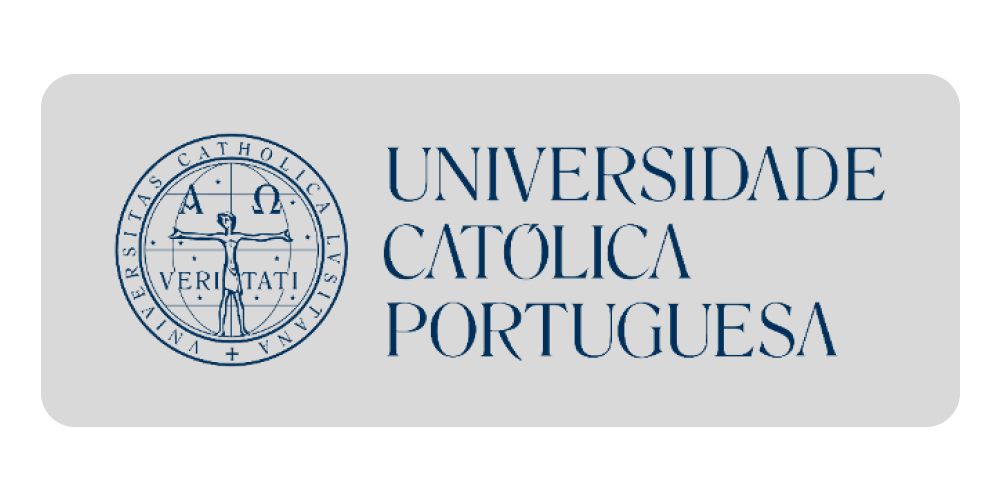City Museum Senj - Senj Museum Society
KLEIDUNG UND TEXTIL-HANDARBEIT DER KÜSTENLÄNDISCHEN BUNJEVACER
2003
Croatian
Na temelju terenske građe obrađeno je odijevanje i tekstilno rukotvorstvo primorskih Bunjevaca. Analizirano je muško i žensko odijevanje, obuća, torbe, materijali za izradu odjeće, te ženski ručni rad. Autorica se osvrnula i na promjene u odijevanju.In the article ‘Coastal Bunjevci’ dressing and handmade textile’ are presented documents collected during field work in the localities of Sveti Križ, Rončević Dolac, Žukalj, Stolac, Alan, Jaruga, Liskovac, Matići, Krivi Put, Rusova Draga, Stanić Brig, Mrzli Dol, Katići, Pavići,
Pavelići, Šojatski Dolac, Serdari, Gorica, Provoz, Škopci, Veljun and Lucići.
Data was collected via questionnaires, which were created during previous interviews (the questionnaire is in addition to this article) Information presented in the text is related to the beginning of the 20th century until the 1940’s and is based on the memories of interviewees who heard about costumes from their ancestors because they didn’t have the opportunities to see many clothes made in their homes. In the first part of the article is given reference to the article of Marija Gušić ‘Dressing of Senj’s Uskoci and Bunjevci’. Next is presented the sorts of fabrics, which were used for producing cloths such as wool, flax, linen and leather. Here is also a short description of their processing. Further in the text are described elements of women’s costumes: lower shirt, vriz (petty coat), flajda, alja or kiklja (dress), which could be replaced with a skirt called vriz, fuštan, or kiklja. Over this a woman would wear a zaslon or vriz (apron). In the wintertime they would wear a knitted maja (jumper) or bušta (jumper without sleeves) and over the shoulders they would wear plet (shawl). Women would knit ankle socks (sokne, suknje or soknje), and potkoljenice, potkoljenke or potkolenke or dokoljenke or dokolenke which were knee length. Women also wore long socks over the knees (čarape, duge čarape or lače). Men’s costumes were: svitac (underpants) over which they would wear woollen trousers, brvenake or factory fabric rajtoze or rajt trousers. A coat, ćurak was hip length but they also wore a longer coat, kobanica. Below the coat a man would wear a vest, jačerma or čerma. Women would knit jumpers with or without sleeves as well as socks. They also used to knit special shorts to be worn over trousers, natikače, štrimfe, nakoljenice or štumfarice. There would also be sleeves for arms, manice, zašaknjače or narukvice. People used to make leather coats, kožun and hat, šubara. Following chapters describe shoes, bags, other kinds of textile and woman’s handwork. This subject should be investigated further among other coastal Bunjevci to have a better overview on their costumes, their names and other textile products. This would make it possible to carry out comparative research with other regions and other Bunjevci people.In diesem Artikel wird der Stoff dargestellt der im Laufe der Terrain-Untersuchungen in folgenden Lokalitäten gesammelt wurde: Sveti Križ, Tukanići, Rončević Dolac, Žukelj, Stolac, Alan, Jaruga, Liskovac, Matići, Krivi Put, Rusova Draga, Stanić Brig, Mrzli Dol, Katići, Pavići, Pavelići, Šojatski Dolac, Serdari, Gorica, Provoz, Škopci, Veljun und Lucici. In diesem Artikel wird der Stoff dargestellt der im Laufe der Terrain-Untersuchungen in folgenden Lokalitäten gesammelt wurde: Sveti Križ, Tukanići, Rončević Dolac, Žukelj, Stolac, Alan, Jaruga, Liskovac, Matići, Krivi Put, Rusova Draga, Stanić Brig, Mrzli Dol, Katići, Pavići, Pavelići, Šojatski Dolac, Serdari, Gorica, Provoz, Škopci, Veljun und Lucici
City Museum Senj - Senj Museum Society
KLEIDUNG UND TEXTIL-HANDARBEIT DER KÜSTENLÄNDISCHEN BUNJEVACER
Na temelju terenske građe obrađeno je odijevanje i tekstilno rukotvorstvo primorskih Bunjevaca. Analizirano je muško i žensko odijevanje, obuća, torbe, materijali za izradu odjeće, te ženski ručni rad. Autorica se osvrnula i na promjene u odijevanju.In the article ‘Coastal Bunjevci’ dressing and handmade textile’ are presented documents collected during field work in the localities of Sveti Križ, Rončević Dolac, Žukalj, Stolac, Alan, Jaruga, Liskovac, Matići, Krivi Put, Rusova Draga, Stanić Brig,...
Preuzmite dokument
Croatian
2003
 ALEKSANDRA VLATKOVIĆ
ALEKSANDRA VLATKOVIĆ






